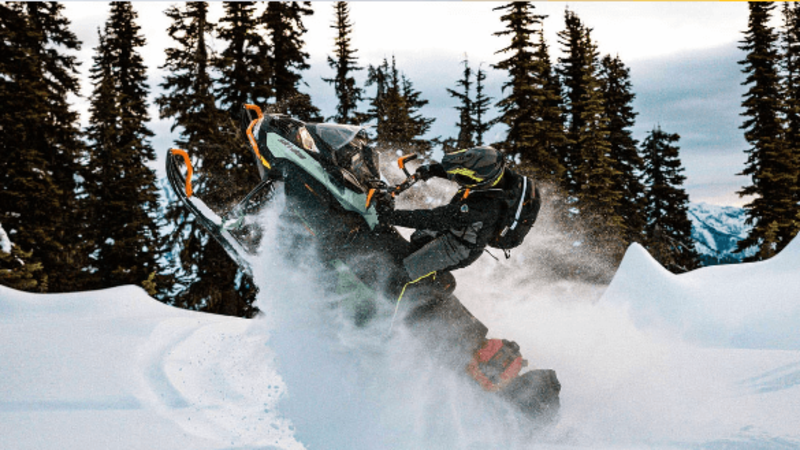
Federal budget a missed opportunity: Randy Hoback
Sprinkling funding across too many areas can dilute the impact of dollars and that’s what MP Randy Hoback saw after a quick review of the federal budget today.
Hoback said the funding seems to be very diluted across a lot of areas and the budget has no cohesive plan.
“They’re spending a lot of money and they’re sprinkling it right across the board, but they seem to have no focus,” Hoback said.
He said when broken down to actual dollars, neither families nor seniors are getting any significant amount of money.


